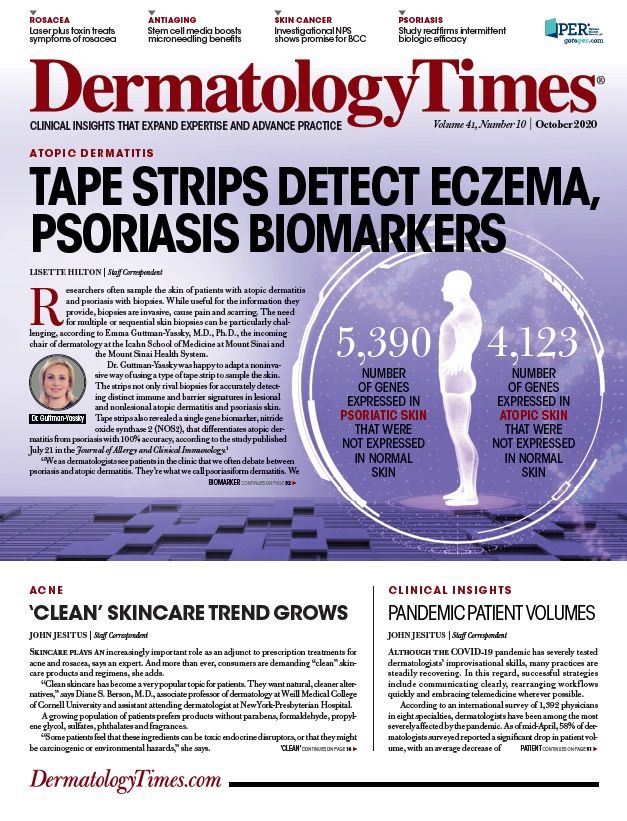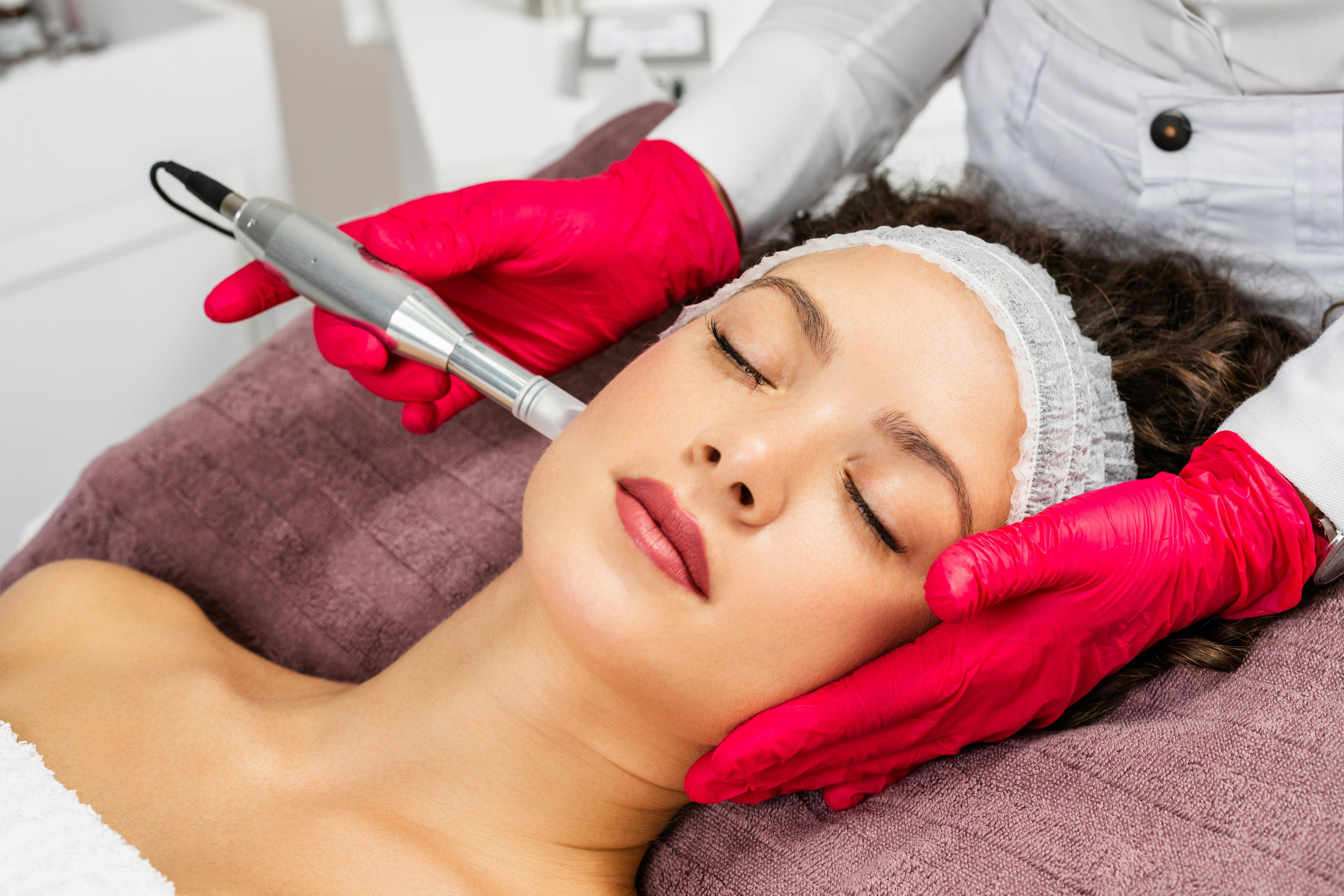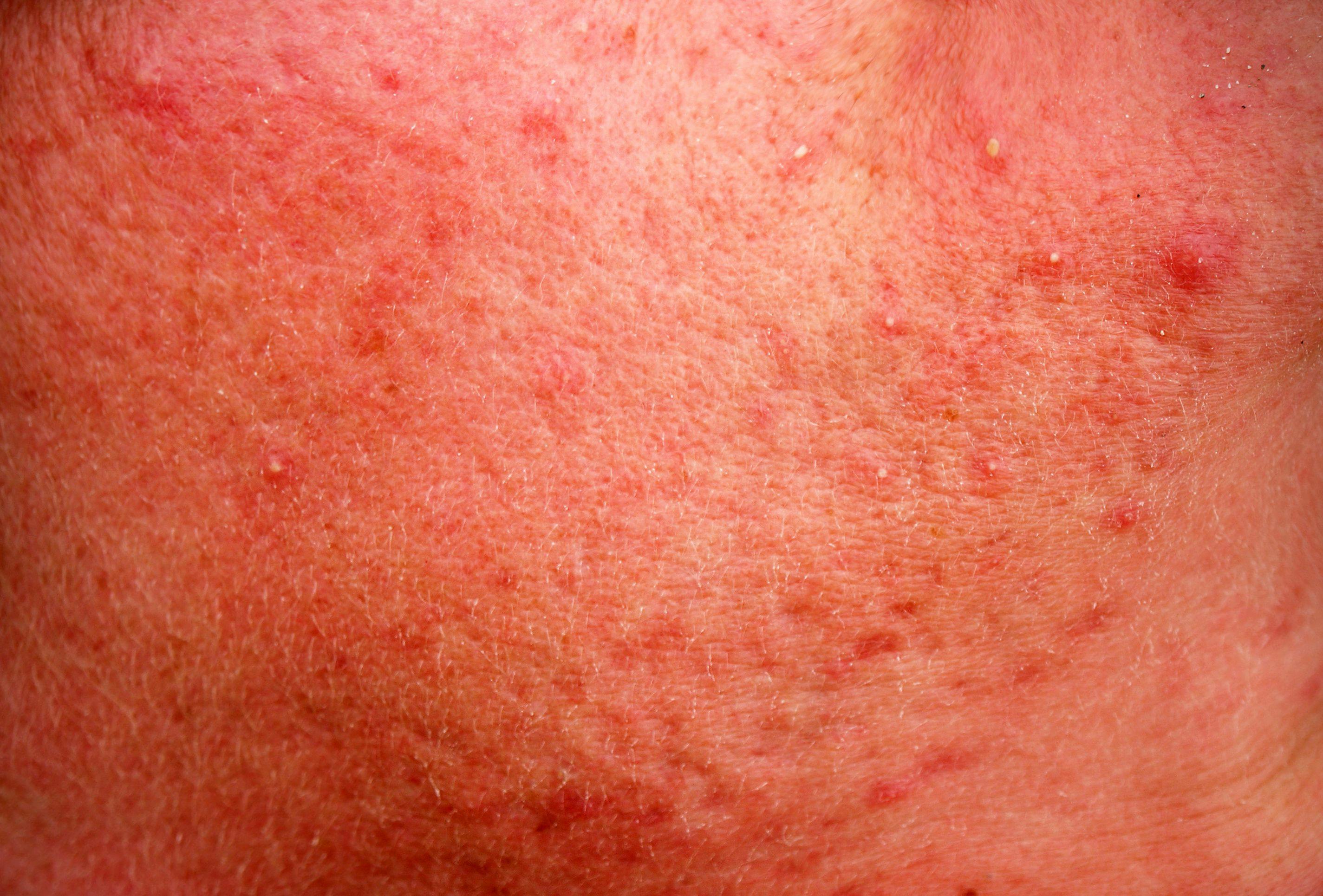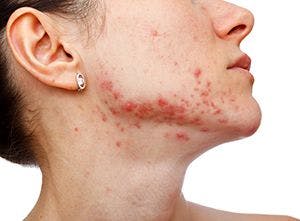- Acne
- Actinic Keratosis
- Aesthetics
- Alopecia
- Atopic Dermatitis
- Buy-and-Bill
- COVID-19
- Case-Based Roundtable
- Chronic Hand Eczema
- Chronic Spontaneous Urticaria
- Drug Watch
- Eczema
- General Dermatology
- Hidradenitis Suppurativa
- Melasma
- NP and PA
- Pediatric Dermatology
- Pigmentary Disorders
- Practice Management
- Precision Medicine and Biologics
- Prurigo Nodularis
- Psoriasis
- Psoriatic Arthritis
- Rare Disease
- Rosacea
- Skin Cancer
- Vitiligo
- Wound Care
Publication
Article
Dermatology Times
Study finds HS associated with acne conglobata
Author(s):
Hidradenitis suppurativa has come to be associated with systemic inflammation as well as a growing list of comorbidities including acne conglobate.
Historically thought to be a disorder limited to the skin, hidradenitis suppurativa (HS) is now understood to have systemic manifestations and comorbidities that can significantly impact the well-being and quality of life of the affected patient.
A recent study1 found a significant association between HS and acne conglobata, highlighting the systemic nature of the disorder as well as the importance of contemplating treatment strategies that can target both disorders.
Traditionally, HS was considered to be part of the ‘follicular occlusion’ tetrad including Pilonidal sinus, Folliculitis decalvans, and acne conglobate; however, continued research has led to the conventional wisdom that follicular occlusion is only one of the components that drive HS.
“We understand now that HS is much more an inflammatory condition with significant lesional and circulating inflammatory markers such as TNF-a, IL17 and IL23. Furthermore, the pathophysiology of acne indicates the presence of inflammatory markers especially in severe nodulocystic acne rather than it simply being ‘blocked pores,’” says Saxon D. Smith, MBChB, FADC, Ph.D., Principal Dermatologist, The Dermatology and Skin Centre, Gosford, Sydney, Australia, and co-author of the study.
“Interestingly, in my clinic, I often see HS patients with bad acne-like nodulocystic lesions around the neck, jawline and back. These frequently cause significant scarring and are much more HS like in their behavior,” he adds.
Dr. Smith and fellow colleagues conducted a systematic review of case-control studies evaluating the relationship and association between HS and acne vulgaris/conglobata. Using the databases Pubmed, Ovid MEDLINE, and EMBASE, an electronic search was conducted with key terms including hidradenitis suppurativa, acne inversa, velpeau, verneuil, acne vulgaris, and acne conglobata. Researchers performed manual reviews of articles to identify further articles and studies comparing cases and controls to include in the final analysis.
After applying the inclusion/exclusion criteria for the 1,271 references found, four case-control studies remained in the final evaluation, yielding a total of 175,792 HS patients compared with 17,146,276 control cases.
A meta-analysis of the data revealed that HS was significantly associated with acne vulgaris/conglobata after adjustment for potential cofounders. In a pooled unadjusted meta-analysis, researchers found a significantly higher proportion of patients with acne vulgaris/conglobata in HS cases compared to controls.
There are multiple clinical features which are common to both the development of HS and acne vulgaris/conglobata including follicular obstruction, dilatation, inflammation and rupture. According to Dr. Smith, common pathological mechanisms such as excessive activation of the innate immune system, increased cytokine and interleukin-1 release, may lead to neutrophil-rich cutaneous inflammation. Moreover, interleukin-17 has also been shown to be overexpressed in both HS and acne vulgaris, thought to promote cutaneous neutrophil-driven inflammation, further lending credence to the association of the two disorders.
“I feel that acne vulgaris/conglobate is in a spectrum with HS. Some patients who look like they have acne as a separate diagnosis to their HS, in fact have HS affecting their neck/jawline/back, while other patients will simply have bad acne with comorbid HS. It is important to recognize the different groups because they need different therapies to maximize the control of their disease,” Dr. Smith says.
Severe cases of acne conglobata and HS can cause significant scarring in the neck, back, and jawline regions and it is therefore paramount for clinicians to intervene as early as possible with optimal treatment strategies to help minimize these sequelae. According to Dr. Smith, the right therapy can help address the significant active disease and scarring sequalae, both of which if untreated/undertreated can cause a significant detrimental impact on the quality of life of patients.
“Given the under diagnosed nature of HS as well as the gradually escalating severity of HS over time, it is important to ask our moderate to severe acne patients if they have any symptoms or signs of HS. This is also important in order to choose the most appropriate therapy for their condition as well as being able to give a more accurate expected outcome for the therapy we are asking the patient to take,” Dr. Smith says.
Disclosures:
Dr. Smith has the following disclosures: Abbvie: Advisory Board, Speaker, Conference, Travel sponsorship; UCB: Sub-Investigator
References:
1 Phan K, Charlton O, Smith SD. Hidradenitis Suppurativa and Acne Vulgaris/Conglobata. Hidradenitis suppurativa and acne vulgaris and conglobata—systematic review and meta-analysis. Biomed Dermatol 3, 12 (2019).

Newsletter
Like what you’re reading? Subscribe to Dermatology Times for weekly updates on therapies, innovations, and real-world practice tips.




























